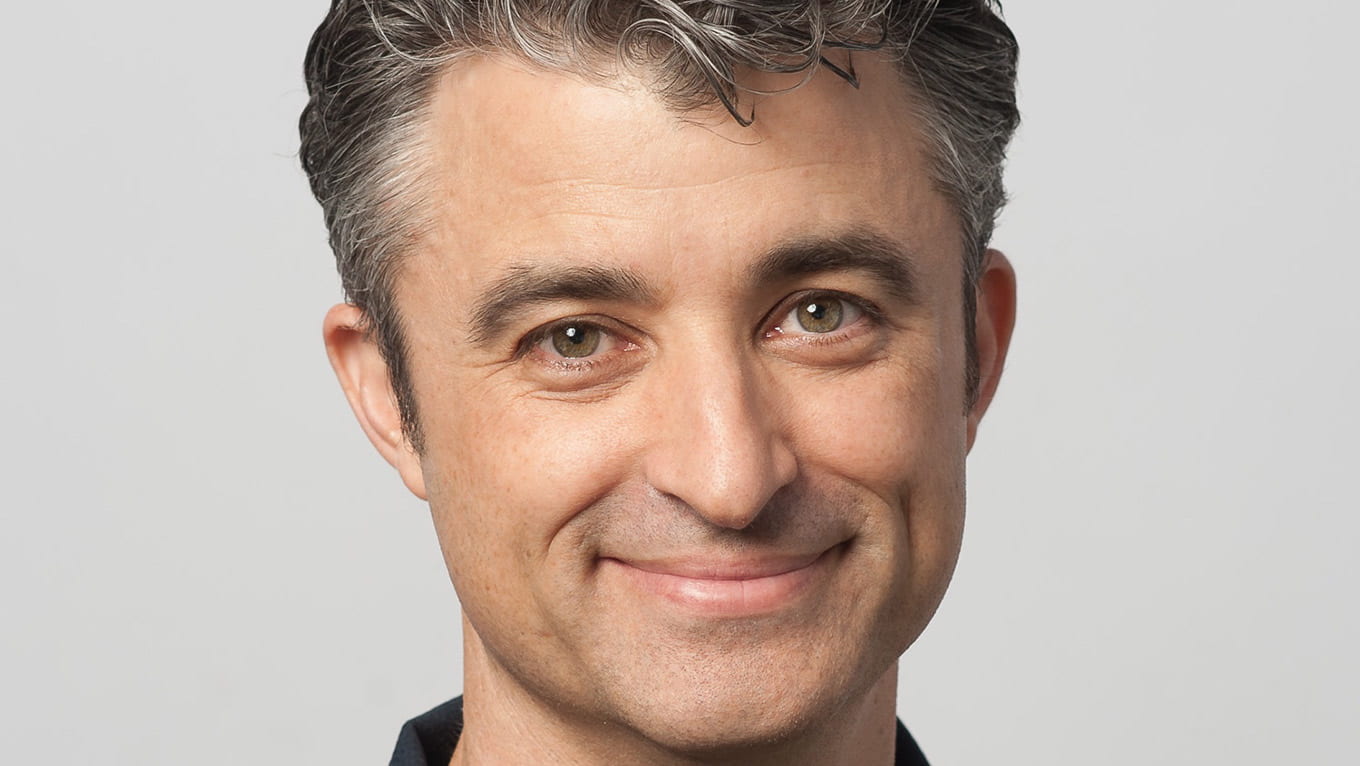When Chuck Sugnet began his graduate research with Baskin School of Engineering professor David Haussler, the lab was in the midst of a desperate race to complete an assembly of the human genome before a private competitor, Celera, could patent it.
“[Haussler and Kent] really had a vision,” Sugnet says. “They wanted to make it public and really make it accessible to everyone.”
About a year into Sugnet’s studies, he was able to see this vision come to fruition. After a heroic coding effort by graduate student Jim Kent, UCSC published the human genome online in July of 2000, just narrowly beating out Celera. It was a historic moment, but Sugnet’s own role in the genome project was only just beginning.
As researchers began to explore the genome, Kent realized that they needed a better way to visualize it, and went to work on what would later become the UCSC Genome Browser. At the time, Sugnet was studying microarray design, an exciting new technology that had allowed scientists to run some of the first genome-wide experiments. Helping to create a genome browser had little to do with this research, but when Kent needed help, Sugnet jumped on board.
“It was this amazing stone soup kind of thing,” Sugnet recounts. “We didn’t have any kind of grant for the Genome Browser, so getting it together was a lot of duct tape and dreams. We wanted to make the genome accessible and useful for biologists.”
Sugnet helped to scale up the Browser by adding annotation tracks, including the alternative splicing track, gene expression track, and a track for the genome assembly of the mouse. As he dived more into the code, he also began teaching other researchers how to program new tracks.
Today, more than 100,000 researchers per month use the UCSC Genome Browser to uncover the causes of diseases and develop new treatments, and Sugnet is impressed at the thought that the tool he worked on has had such a colossal impact.
“I don’t think I appreciated what was possible for us to contribute at that time, that no one else was going to have an assembly for years, and that the UCSC Genome Browser would be used by that many people,” he says. “It was one of those things where you think you are just connecting things until the adults come along, and then all of a sudden you realize that you are the adults.”
A career in industry
After he graduated from UC Santa Cruz, Sugnet went to work as a Bioinformatics Scientist at Affymetrix, one of the main producers of the microarrays he had been studying as a graduate student. He says that his training at UC Santa Cruz, both in his work on microarrays and particularly his work on the Genome Browser, helped him to excel in industry.
“You learn a lot about software development, a lot about testing, a lot about biology, and a lot about what is possible by working with amazing people,” he says. “That was one of the things that was just unbelievable about the Genome Browser — that there were a lot of really exceptional people working on the project, and there still are. It has been amazing to see how subsequent Browser teams have continued to develop its functionality and usage over the years.”
Today, Sugnet has moved out of bioinformatics and is working as a AI/ML Software Engineer in the Office of the CTO at Google Cloud, where he helps companies figure out how to use AI and machine learning to transform their operations. The aims of his customers vary dramatically, but Sugnet’s goal is to make sure that they are all able to avoid the many pitfalls of AI in order to responsibly and ethically use it to scale up their businesses, whether those businesses be selling clothes or sequencing genomes.
“I feel like I am helping people,” he says, and he shares that one of the things he loves most about his job is the possibilities he sees it creating.
“It’s fun because it is always something new and on the edge of what is possible. I think that is the exciting part,” he says.
Right now, Sugnet sees that “edge of what is possible” for AI expanding rapidly into healthcare applications. Even before the coronavirus, he was seeing his industry moving towards interventions that he hopes could benefit patients and their families.
“Companies like Google have developed such powerful data analysis and modeling technologies that when we can bring them to problems like health… I think there are huge opportunities to improve peoples’ quality of life,” he says.
As Sugnet continues to reach toward new possibilities himself, his advice to students who want to do the same is to avoid getting so stuck in their own projects that they neglect making connections with people who might help them.
“To a large degree, especially for people who are starting out, it is about the people,” he says. “Make connections, ask questions, read other people’s code. It is all too easy for researchers, especially when you are doing a PhD, to get stuck in your own little side bubble and miss the forest for the trees.”




